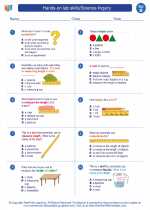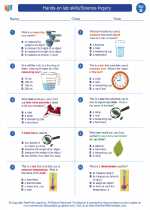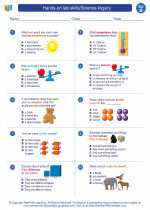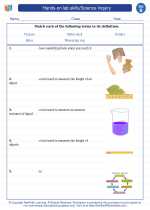Feedback Mechanisms
Feedback mechanisms are processes that maintain homeostasis in living organisms. These mechanisms allow the body to regulate and adjust its internal conditions in response to external changes. There are two main types of feedback mechanisms: positive feedback and negative feedback.
Negative Feedback
Negative feedback is the most common type of feedback mechanism in living organisms. It works to maintain stability and homeostasis by counteracting any changes from the body's ideal set point. When a change is detected, the body activates mechanisms to reverse the change and bring the system back to its original state. Examples of negative feedback include regulation of body temperature, blood glucose levels, and blood pressure.
Positive Feedback
Positive feedback mechanisms amplify or reinforce changes in the body's internal conditions. This type of feedback is less common and typically occurs in processes that need to be rapidly completed. An example of positive feedback is the process of blood clotting. When a blood vessel is damaged, platelets release chemicals that attract more platelets to the area, leading to the formation of a blood clot.
Study Guide
- Define feedback mechanisms and explain their importance in maintaining homeostasis.
- Describe the difference between negative and positive feedback mechanisms, providing examples of each.
- Discuss the role of feedback mechanisms in regulating body temperature, blood glucose levels, and blood pressure.
- Explain how feedback mechanisms contribute to the overall health and functioning of living organisms.
◂Science Worksheets and Study Guides Second Grade. Hands-on lab skills/Science Inquiry

 Worksheet/Answer key
Worksheet/Answer key
 Worksheet/Answer key
Worksheet/Answer key
 Worksheet/Answer key
Worksheet/Answer key
 Vocabulary/Answer key
Vocabulary/Answer key
